Iceland
- samanthaosys

- Mar 17, 2024
- 14 min read
Updated: Nov 2, 2024
The golden rule for Iceland: Crampons. Get these before you embark on your journey. Though we stumbled upon them in a few spots and ended up purchasing them for $50 each, I'm certain you can find them for less in the UK. They're a total game-changer. Being naturally clumsy, I often find myself slipping and sliding, which not only slows me down but also obstructs the view of those behind me. Thanks to my newfound companions, Crampons, I can now focus on the breathtaking scenery without constant worry.
And let me tell you, the views are well worth the fuss over crampons. It's a place where every turn offers something awe-inspiring. The man-made structures and architecture aren't particularly striking, though the towns possess their own charm. But it's the raw beauty crafted by Mother Nature that draws visitors to Iceland – not the cuisine, climate, or art. It's the glaciers, rugged terrain, cascading waterfalls, ice caps, lava caves, and Northern Lights that will compel me to return to Iceland again.
I resisted visiting Iceland for years, perplexed by those who frequented it. Cold, desolate, quiet... why opt for this over a sunny getaway in Greece? But my perception shifted once I experienced it first-hand. Iceland truly embodies its moniker as the land of Ice and Fire, with lava tubes and ice caverns peppering the entire island. It's a realm of unparalleled beauty that I eagerly anticipate revisiting.
Below, I'll share some tips to ensure your Icelandic adventure is as enchanting as possible. Afterwards, I'll provide a detailed itinerary breakdown, highlighting the truly worthwhile experiences.
Food
If you're craving a culinary adventure, go to Rome. Iceland isn't exactly a foodie haven. Thankfully, we knew this beforehand, giving my husband – a real food enthusiast – a heads-up to brace himself. Most of what you'll find on your plate is imported and comes with a hefty price tag. Healthy or vegan options are as rare as a summer day in Reykjavik, although a few restaurants are trying to change that. But grocery shopping at the local shops for vegan goodies is like hunting for treasure. Expect the menu to revolve around lamb, cod, and char, often paired with sides that make you wonder if seasoning took a vacation.
Looking for a taste of authentic Icelandic cuisine, we stumbled upon a gem in Reykjavik called Icelandic Street Food. Their Traditional Icelandic Shellfish or Lamb Soup in a Bread Bowl is highly recommended. We also sampled the intriguing "Fisherman's Favourite," a hearty fish stew featuring Icelandic cod, potatoes, and onions in hollandaise sauce, all served in a bread bowl. With its all-you-can-eat policy, you're sure to leave full—albeit maybe not too satisfied.
On our final night in Reykjavik, we discovered Skál!, a restaurant offering Icelandic dishes with a contemporary twist. Awarded a Michelin nod in 2019, it lived up to its acclaim. Every dish we tried was exceptional, ensuring a memorable dining experience.
When it comes to desserts in Icelandic cuisine, the offerings may not overwhelm your sweet tooth, but they certainly intrigue the palate. Options like the Icelandic Happy Marriage Cake or Kleina – a peculiar sweetened doughnut roll – may not boast the intense sweetness of more familiar treats, but their unique flavours and textures offer an ‘interesting’ culinary experience. Some establishments also feature cheesecake, occasionally made with Skyr yoghurt, adding a distinctive Icelandic touch to this classic dessert. There's also liquorice chocolate, which can be bought at every shop or gas station and was Nick's favourite sweet throughout the trip... I didn't touch it.
Regarding nightlife, Iceland has a unique rhythm of its own. While most activities wind down by 10 pm, this early curfew doesn't mean the fun stops entirely. After enjoying a cosy pint at one of Reykjavik's pubs, the real adventure begins. It's all about chasing the Northern Lights by jumping into your vehicles and heading to scenic viewpoints to witness this amazing natural phenomenon. So, while the traditional club scene may be quiet, the thrill of hunting the Northern Lights under the Icelandic night sky adds a twist to the island's nocturnal pursuits. Just remember to bundle up warmly!
Animals
Iceland's animal kingdom offers a unique experience, primarily because of its scarcity. Here's a bit of a list of what we encountered:
Zero cats, although Nick promises he's read about them somewhere
Three chickens
Four dogs
Twenty geese
Thirty cows
Fifty seals
Approximately two hundred sheep
And countless Icelandic horses
This inventory is important, especially considering the Icelandic horse's role as a shepherd. But with a sheep-to-horse ratio of about one to a hundred, one can't help but wonder: where do they hide the rest of the sheep? As it turns out, most sheep reside in the northern reaches of Iceland, with a mere 2200 found in the south. Introduced by humans for food and wool, these sheep play a vital role in Icelandic culture. Their fleece is a prized commodity, evident in the abundance of sheepskins and woollen blankets in shops across the country. The yarn, known as lopi, is luxuriously soft and cosy, though a little scratchy, best experienced through the iconic lopapeysa sweater. While we visited a renowned jumper maker in Vik, we found the selection lacking in handmade options and were somewhat deterred by the lack of authenticity from a non-Icelandic knitter.
The Icelandic horse traces its lineage back to the settlers who arrived from Norway over a millennium ago. Archaeological findings indicate its descent from an ancient breed now extinct outside Iceland, where it thrives in isolation. Notably, these horses possess two additional gaits not found in other equines, which you can read more about here. The horses also offer a means of touring the island - something we are keen to explore on our next Icelandic adventure.
The Arctic fox is Iceland's sole indigenous animal, having inhabited the land long before the Viking settlement over 1000 years ago. We weren't lucky enough to encounter one, which was not surprising given their history with humans; farmers and trappers relentlessly hunted them for their fur. We also heard they are terrified of fences and won't go through one.
Occasionally, reports surface of Polar bears being sighted in the northern reaches of Iceland. However, unlike the Arctic fox, Polar bears are not native to Iceland, making these sightings extraordinary. Classified as vagrants, they make sporadic appearances, with records documenting just over 600 instances of Polar bears arriving in Iceland since human settlement began on the island.
"Chasing" Northern Lights
One of the must-dos on our Icelandic adventure was catching a glimpse of the Northern Lights – a classic bucket list item, of course. At first, we naively thought it was as simple as showing up on a clear night and crossing our fingers. But as we quickly discovered, it's not quite that easy. With a little help from modern technology, though, spotting them became more of a sure thing on most cloudless nights.
We learned the importance of checking online updates for recent sightings, crucial for navigating Iceland's expansive landscapes and increasing our odds of seeing the auroras. "Chasing" them has its challenges, especially with the glare from car lights and roads potentially spoiling the show. Thankfully, chatting with the locals, like the friendly folks at our hotel, pointed us toward the best spots for viewing.
During our nighttime waits, we learned about the telltale signs of their arrival – wispy clouds that still allow you to see stars, which is not the case with regular clouds. On the first night, as these foggy "clouds" drew nearer, we saw a display of brush strokes of lights. Our first sightings were subtle, with auroras tinged in milky hues, but still amazing. We learned that the colours could vary from yellows and purples to iconic greens, depending on solar activity. If you're planning a visit, then aim for December to February for the best chances of vibrant displays, even if clear skies might be harder to come by.
A colleague of mine went to Iceland just after me and shared her experience of catching a glimpse of the lights from her plane. And it's good she did, as the rest of her stay was super cloudy.
On our second night out chasing the aurora, armed with our camera and after doing some online research, we decided to give photography a shot. After tinkering with the settings and opting for longer exposures, we were able to take some great, albeit a bit blurry, photos that you can view above.
Our Itinerary
We booked our holiday through Iceland Tours, which arranged our car rental and accommodation for five nights and provided a general itinerary. Our flights were booked separately a few months prior. Being eager travellers, we added several extra destinations to our itinerary, primarily focusing on exploring the sights of the South. Below is a breakdown of our daily activities during the trip.
Day 1
We had a midday flight to Reykjavik. After picking up our rental car, we headed to our first hotel of the trip. Even from the plane and the short drive, Iceland's breathtaking beauty was evident, unlike anything we'd seen before. Icelanders operate on their own relaxed timetable, so expect to spend some time at the airport car rentals and hotel reception.
Once we settled into our hotel room, we strolled around Reykjavik. We explored some gift shops and made a pit stop at the Icelandic Streetfood place I mentioned earlier.
Later in the evening, we ventured to a local pub called the Lebowski Bar for a few pints. There, we enjoyed a lively music quiz, which we surely would've aced had we participated... if we were more up-to-date with current music trends, that is. As we had an early start the next day, we didn't stay out too late.
Day 2
We departed Reykjavik bright and early, heading towards Vik. Along the way, we made a pit stop at the Caves of Hella, only to find them closed. Though their origins remain somewhat mysterious, some sources suggest they were crafted by Celts predating Iceland's Norse settlement in the late 9th century. Over time, these caves served various purposes, from dwellings to sheep sheds, but fell into disuse with the advent of concrete houses post-World War II. Today, they're undergoing restoration under the Cultural Heritage Agency of Iceland's watchful eye.
Continuing our journey, we saw several waterfalls, with Seljalandsfoss and Skogafoss being our favourites. While I may not fully grasp the waterfall craze, Iceland's abundance ensures you'll encounter them frequently.
Next on our itinerary was the Sólheimasandur black beach, home to the remnants of a United States Navy DC plane that crash-landed in 1973 due to a fuel mix-up. It's a fascinating walk to the wreckage, though a bus option exists for those less inclined to trek 7 kilometres.
Our exploration continued to Reynisfjara black beach, renowned for its basalt cliffs and unique black volcanic pebbles. The crashing waves added to the dramatic scenery.
Upon reaching Vik, we headed straight for a shop with the Icelandic jumpers I mentioned earlier. Then, it was time for dinner at a local restaurant before checking into our hotel. After unpacking, we eagerly awaited 8 pm, driving to a local hill top to hunt for the Northern Lights. Our hotel staff recommended this spot, reaffirming the value of seeking insider tips from locals for prime viewing locations.
Day 3
We started day three with a three-hour journey to Iceland's largest glacier, Vatnajokull, where we eagerly anticipated our ice cave expedition. Our guide ferried us in a very cool 4x4 vehicle, manually adjusting the tyre pressure as we traversed off-road paths toward the glacier.
Once our crampons were on, we ascended the glacier's flanks, venturing deep into a recently formed ice cave. It's a striking realisation that Icelandic glaciers have been receding rapidly for over two decades due to the warming climate. The pace of retreat has escalated in recent years, with a staggering loss of over 700 km2 of glacier area between 2000 and 2017, averaging 43 km2 per year.
The fleeting nature of these ice caves serves as a poignant reminder of the urgent need to combat global warming. When you read this article, the ice cave you see in the photos will most likely be gone or greatly melted, underscoring the pressing nature of environmental conservation efforts. If all Icelandic glaciers were to melt, the entire country could be submerged under 30 meters of water, highlighting the profound impact of human activity on our planet.
The situation is not entirely straightforward; the ice you can see in the photos is relatively young, approximately 1000 years old, indicating a natural cycle of melting and reforming. However, human-induced acceleration of this process poses a significant threat, surpassing nature's ability to adapt.
After this amazing adventure, we treated ourselves to some fish and chips from a nearby food truck. We enjoyed the warmth of the sun while observing seals basking on ice—a great conclusion to a day filled with remarkable experiences and sobering realisations.
Skeiðará Bridge Monument, Dverghamrar Cliffs and "Church Floor"

On the way back to our hotel, we stopped by the remnants of the Skeiðará Bridge in southeastern Iceland. Once part of the Icelandic ring road, the bridge was destroyed during the 1996 eruption of the Vatnajökull volcano, which caused massive floods and sent house-sized icebergs crashing into the structure. Today, only two twisted girders remain as a unique monument to Iceland's natural beauty and the power of its landscape. Despite its tragic past, the area offers visitors a place to admire the surrounding scenery, with views of the Skeiðarárjökull and Svinafellsjökull glaciers.
We stopped at the Dverghamrar Cliffs, known as the Dwarf Cliffs, due to local myths about dwarfs inhabiting the area. These cliffs boast a striking rock formation of hexagonal basalt columns formed through the rapid cooling of lava, often spurred by glacial activity.
Continuing our exploration, we visited the "Church Floor" at Kirkjugolf, an approximately 80-square-meter expanse adorned with hexagonal basalt column stone slabs. However, our winter visit meant much of it was concealed under a blanket of snow, diminishing the experience somewhat. Despite its natural origins, the formation's precision often leads visitors to mistakenly believe it to be man-made, resembling a meticulously tiled floor. It's worth noting that despite its name, there has never been a church or any other structures on the site.
As evening descended, we resumed our hunt for the Northern Lights.
Day 4

Leaving Vik behind, we began our journey back towards Reykjavik with a planned stop in the Golden Circle. Often described as a miniature Iceland, this area showcases the country's natural treasures, including geysers, hot springs, and waterfalls, all conveniently located within reach.
Our first destination was the Secret Lagoon in Fludir, also known as Gamla Laugin, boasting the title of Iceland's oldest swimming pool, dating back to 1891. Despite its historical significance, the lagoon offered a rather basic experience; the water temperature was moderate, and the presence of green slime lent a murky hue to the water. However, it's worth noting that the pool water continuously flows, with complete replacement occurring every 24 hours. Despite its appearance, perhaps this is part of its natural charm. After a brief 20-minute soak, we rinsed off and continued our journey to our next stop – the geysers in Geysir.
Geysir
Geysir, also known as The Great Geysir, is a renowned geyser located in southwestern Iceland. Geological studies suggest its formation dates back to approximately 1150 CE. Interestingly, the English term "geyser" originates from the name Geysir.
Exploring the area provided an enjoyable challenge as we attempted to capture the eruptions of the active geysers at just the right moment for the perfect photo opportunity, occurring roughly every 6 to 10 minutes. We found ourselves particularly drawn to one named "Geysir," assuming its name indicated regular activity, only to discover a sign a few meters away indicating that it had been dormant for some time.
Skalholt and Gullfoss
While exploring Skalholt, one of Iceland's most significant historic sites, we encountered icy and slippery conditions that made us realise purchasing our own crampons was essential before venturing to other planned destinations, which were likely to be similarly treacherous.
Because Nick didn't buy the crampons at the first opportunity a few days prior, and with most establishments closed on a Sunday in Iceland, we found ourselves driving from one petrol station to another in search of them. Faced with the prospect of our next activity being impractical without them, we eventually decided to head to Gullfoss and take our chances.
Fortunately, our gamble paid off when we arrived at Gullfoss and discovered a large store stocked with hiking gear, including a plentiful supply of crampons. It felt like a hiker's paradise, and I couldn't help but feel excited by the array of options available.
Gullfoss
Gullfoss, or "Golden Falls," stands as one of Iceland's most iconic and cherished natural wonders, nestled within the Hvítá river canyon in Southwest Iceland. Remarkably, Gullfoss comprises two distinct cascades. The first, a shorter plunge, measures 11 meters (36 feet) in height, while the second drop towers at 21 meters (69 feet). Flanking the waterfall are towering canyon walls, soaring up to 70 meters (230 feet), framing the majestic Gullfossgjúfur canyon below. Geologists attribute the formation of this awe-inspiring canyon to glacial outbursts dating back to the beginning of the last ice age.
After experiencing the grandeur of Gullfoss, we made our way to our next accommodation, Hotel Gullfoss. We enjoyed a delightful dinner at the hotel restaurant, admiring the sunset views through the windows.
Day 5
As a passionate tectonics enthusiast, I was thrilled to discover the opportunity to walk between two tectonic plates—an experience I knew would be the highlight of my Icelandic adventure. Our first tectonic plate adventure occurred in Thingvellir National Park, where we encountered the reality of Icelandic weather and found ourselves thoroughly drenched while marvelling at the fissures.
Thingvellir (or Þingvellir) holds profound historical significance as a national park east of Reykjavík. It is renowned as the site of Iceland's parliament from the 10th to the 18th centuries, believed to be the world's oldest parliament. Nestled within a rift valley formed by the separation of two tectonic plates, Thingvellir boasts rocky cliffs and intricate fissures, offering a fascinating glimpse into geological processes.
Lava caves
Next up was the lava tunnel Raufarhólshellir, one of Iceland's longest lava tubes. It offers a truly unique experience, allowing visitors to witness the inner workings of a volcanic eruption by walking through the path of ancient lava flows from the Leitahraun eruption, which occurred approximately 5200 years ago, east of the Bláfjöll mountains. Inside the tunnel, we saw the breathtaking ice sculptures that form during winter, only to vanish by spring.
During our visit, we opted for the basic tour, which took us to the more accessible part of the tunnel with a larger group. This excursion lasted about an hour in total. We later discovered the cooler option – the Lava Falls Adventure tour, designed for more adventurous explorers seeking a really challenging experience. This tour takes approximately 3-4 hours and ventures to the bottom of the cave. Our guide mentioned that it's not for the faint of heart, and many participants decide to turn back. Remember to book lava cave tours in advance to secure your spot!
Afterwards, we returned to Reykjavik for our final night.
Day 6
As our departure was scheduled for the afternoon, we still had time to explore before heading to the airport. After breakfast and packing, we set off for the southern peninsular region. Our original plan to visit the recent eruption site near Grindavic and the Blue Lagoon was thwarted as the area was closed off. Undeterred, we redirected our journey to the bridge between continents, a highlight of our trip.
En route, we stumbled upon a fascinating sight – statues representing planets from our solar system. These statues are part of the 2008 Earth exhibition organised by HS Orka, showcasing the planets along the Nesvegur road. Positioned at relative distances from the sun, these installations offer a unique astronomical experience. Our drive provided us with the opportunity to observe several of these planets.
Our visit to the bridge marked our second encounter with tectonic fissures. This unique bridge allows visitors to literally jump between the Eurasian and North American tectonic plates, with informative displays highlighting the geological significance of the drifting plates.
Continuing our exploration, we visited the Gunnuhver geothermal area, named after a female ghost whose legend is tied to the site. Nearby, we caught sight of a lighthouse perched atop a hill, opting to capture the picturesque scene through photographs.
Our journey also led us to Brimketill, a natural pool formed by lava rock erosion along the shoreline. Despite its "inviting" appearance, the weather and crashing waves dissuaded us from considering a swim.
As our adventure drew to a close, we returned to the airport to drop off our rental car and board our flight home. Reflecting on our holiday, I can say that I have fallen in love with Iceland, which is quite unexpected. Although our five-night stay allowed us to visit the main attractions, I regret not extending our trip to savour certain experiences a bit longer. However, the promise of future adventures – such as witnessing puffins during the breeding season and snorkelling between tectonic plates in the Silfra fissure at Þingvellir National Park – fills me with excitement for our return.
Colours of Iceland
One of Iceland's most distinctive features is its remarkable colour palette. This land of ice and fire boasts some of the most striking and unique colour combinations I've ever seen. Below, you'll find a collection of images showcasing the vibrant hues that have become my newfound source of inspiration.













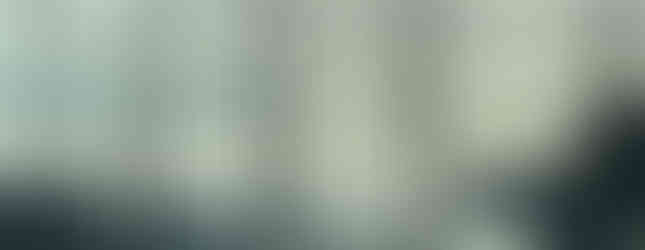


































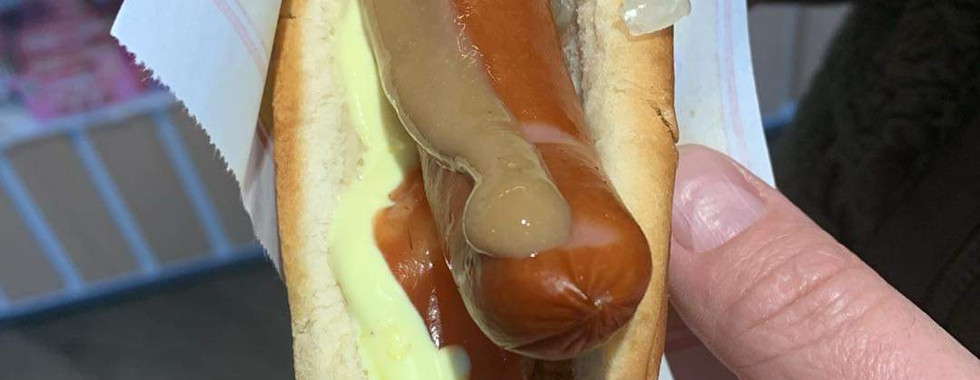











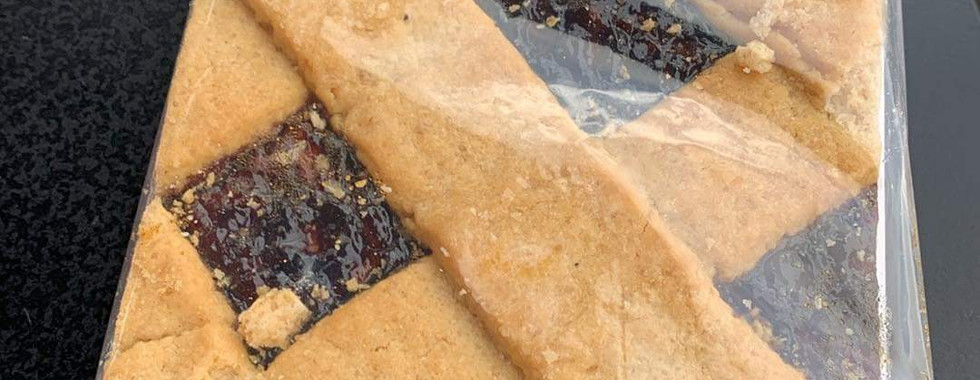











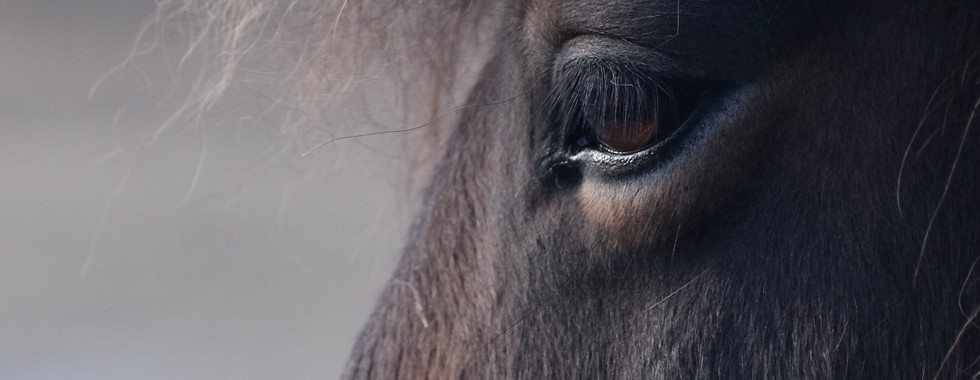

































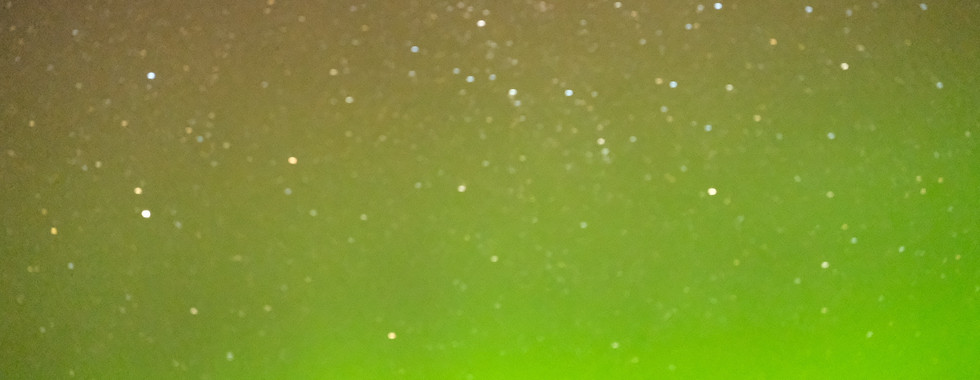
















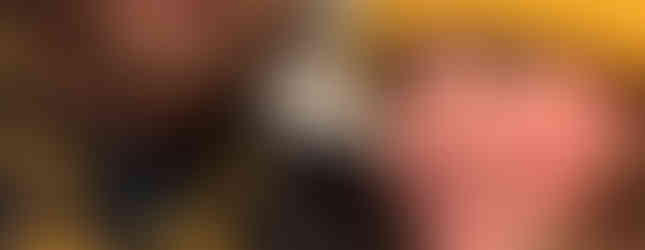
















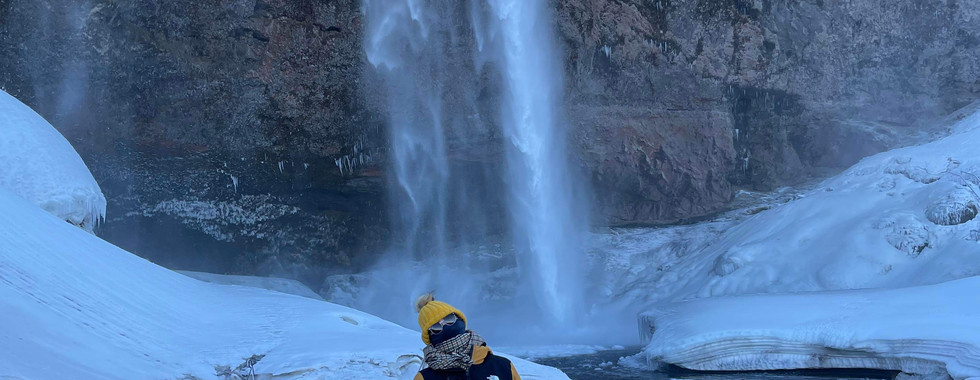



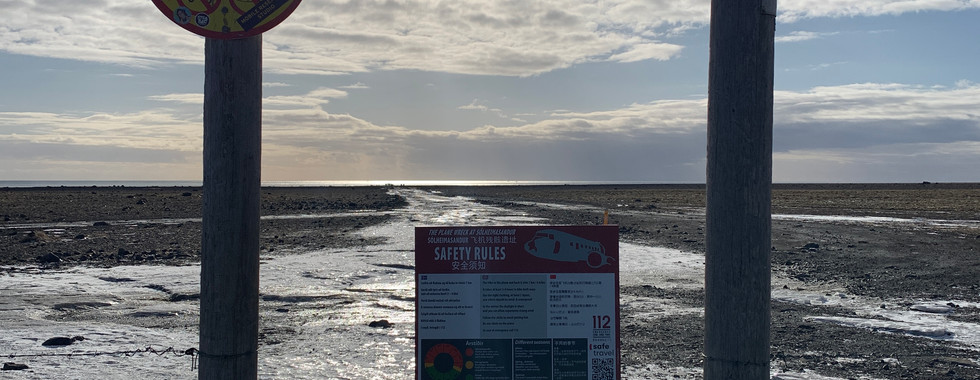
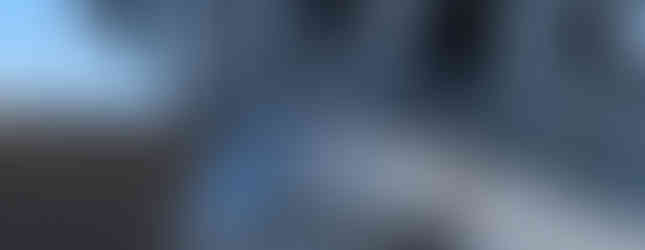


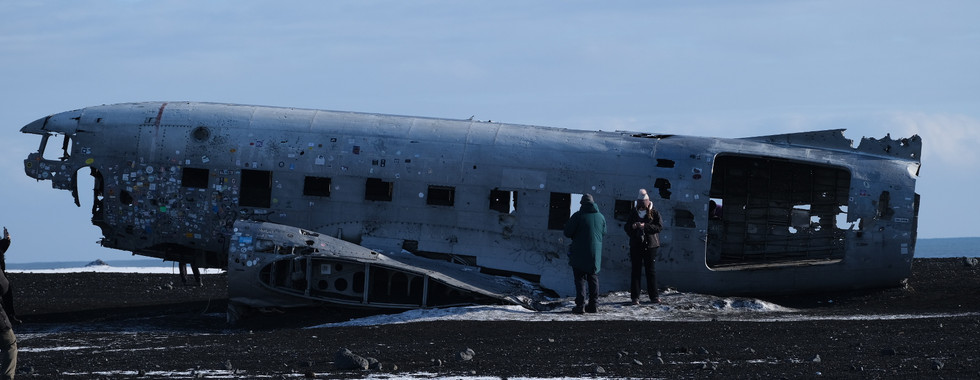
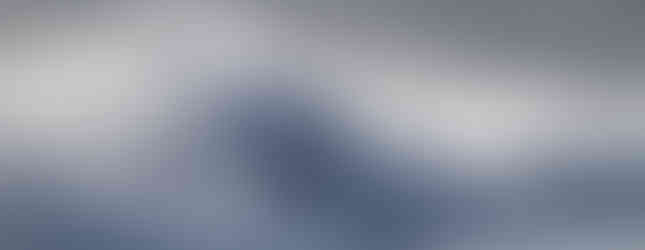


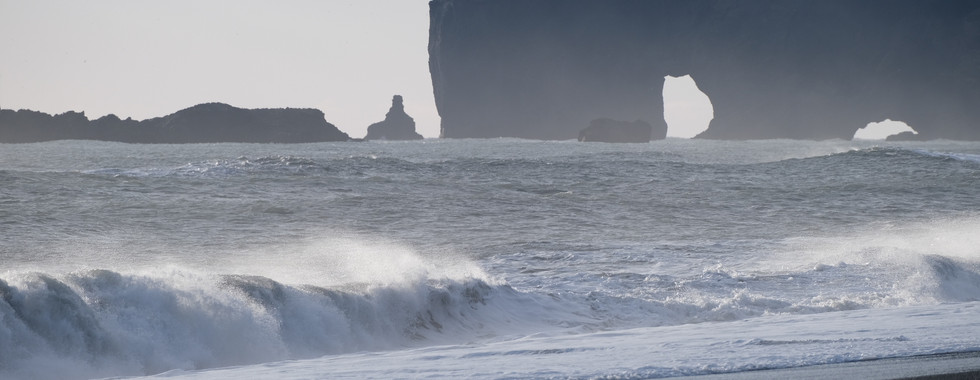

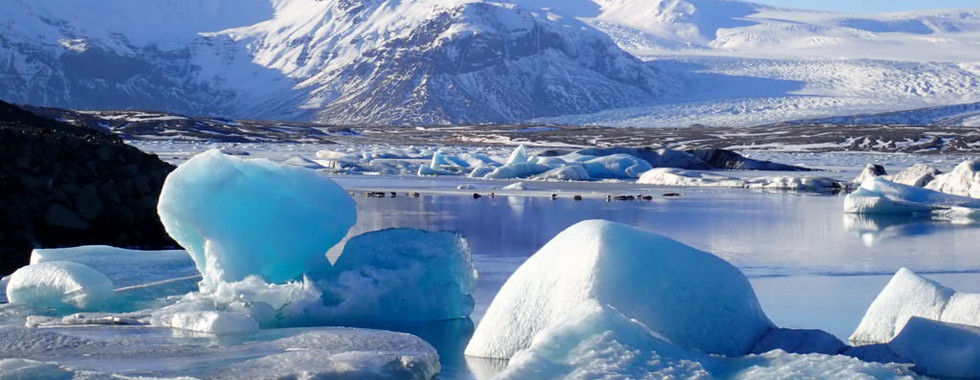










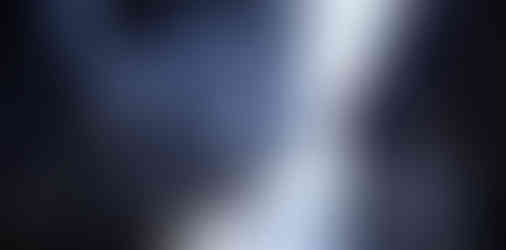


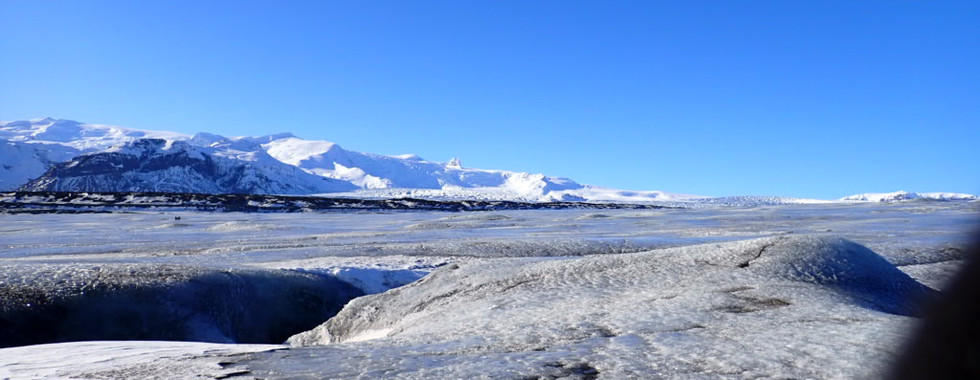







































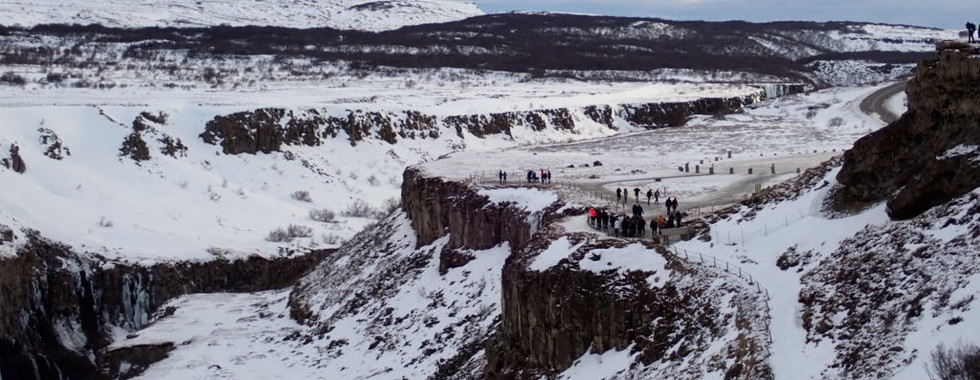





































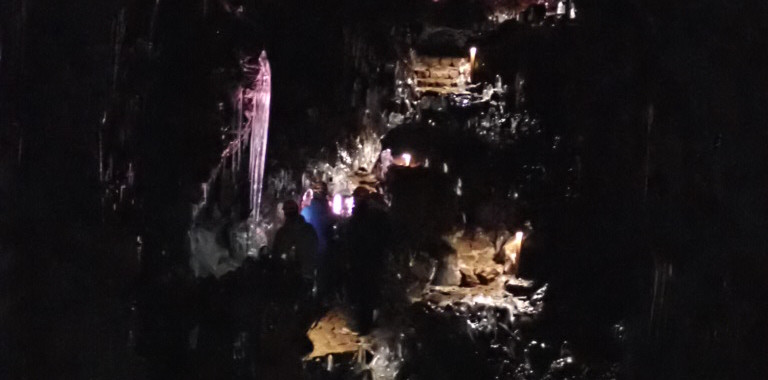





















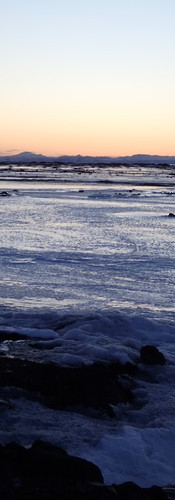

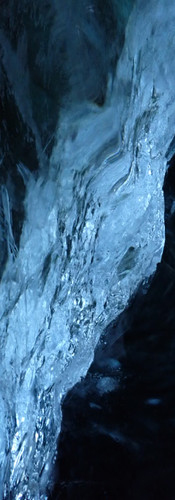



























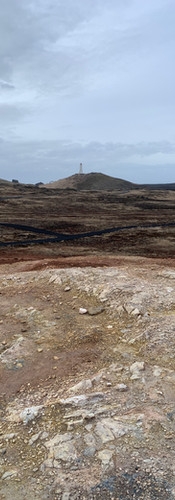





Comments